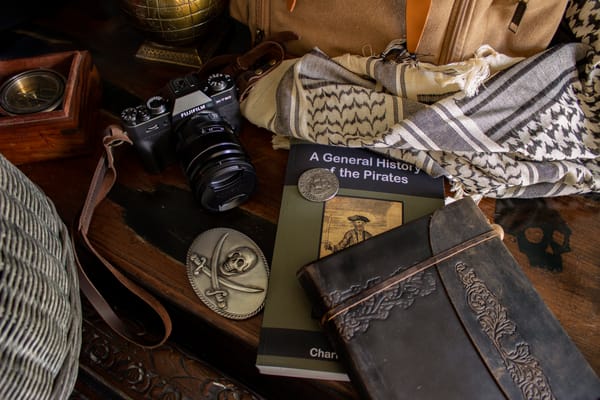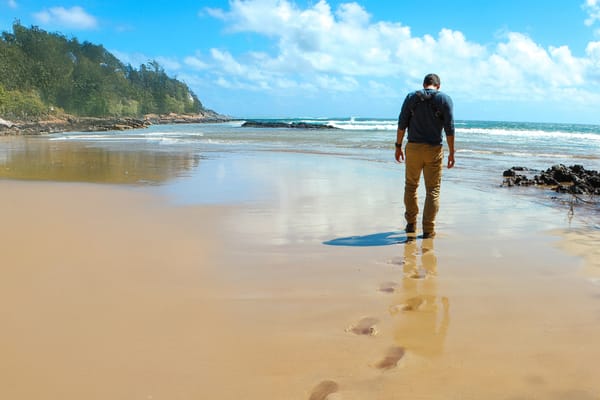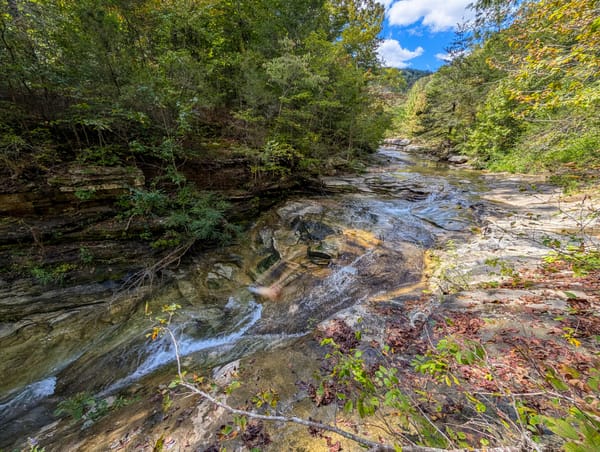The Less-Is-More Off-Roader: Building a Vehicle for the Journey Ahead
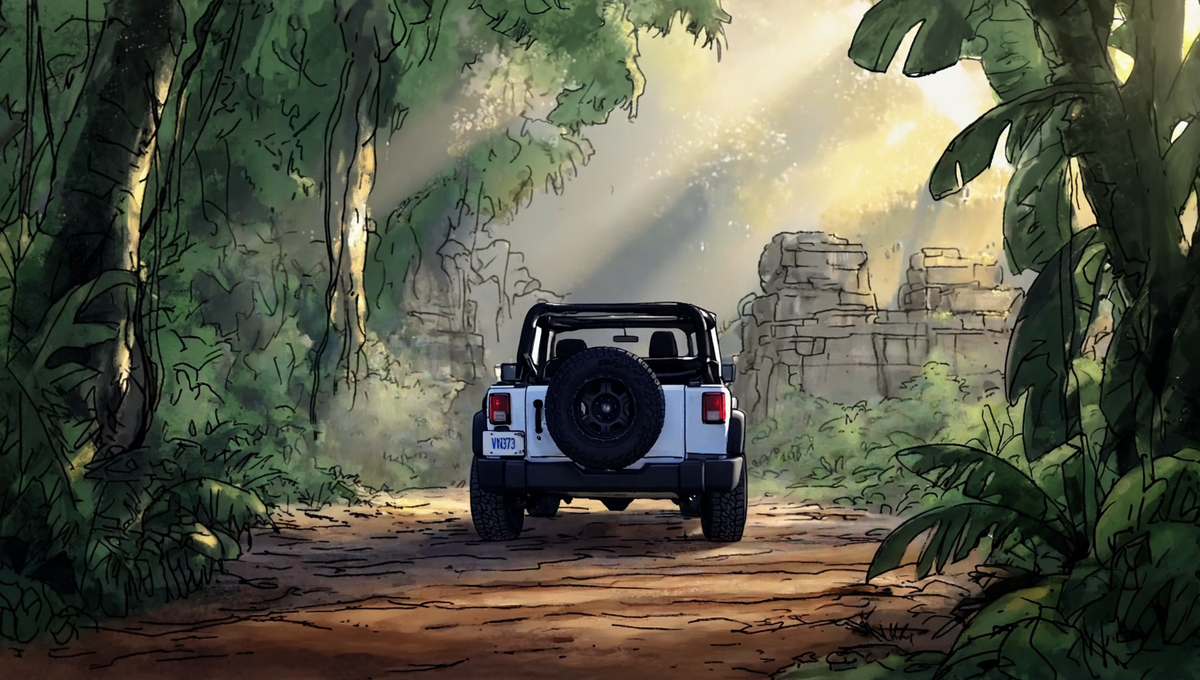
Every explorer eventually asks the same question: What do I need to take me further? When it comes to the machines we use to reach the unknown, few things represent the spirit of the adventurer better than the classic off-road vehicle.
There are endless ways to outfit a 4x4, and much of that depends on terrain, distance, and the number of passengers onboard. If you're hauling family, supplies, or plan to overland off-grid for weeks, a four-door model with a fixed roof makes sense; there’s room to mount tents, jerry cans, and all the modular extras. But when it came time to build out my own off-road vehicle, I didn’t go that route.
I chose minimalism. A “less-is-more” build, where everything serves a purpose, and if it doesn’t, it’s gone.
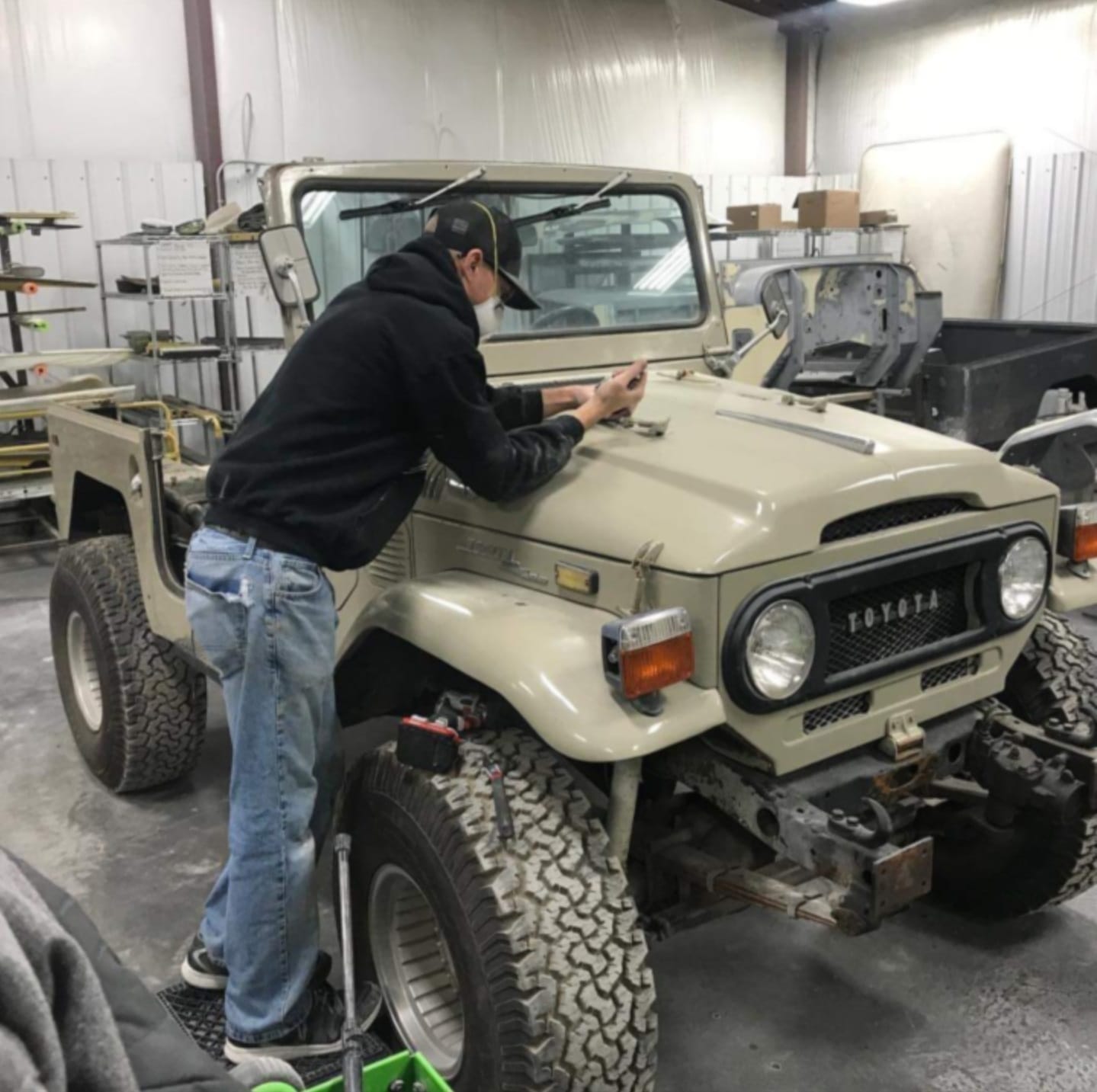
To me, the ultimate off-roader has always been the Toyota FJ40, produced from 1960 to 1984. It’s a shape that inspires confidence. It is chunky, squared-off, and honest. If I had found one with its classic lines but a modern drivetrain and suspension, I wouldn’t have hesitated. That’s the dream: vintage charm with contemporary performance. In the absence of that, I settled on a Jeep JK two-door, because let’s be honest, an off-roader is meant to be a two-door.

My Build: Practical, Purposeful, and Uncomplicated
The JK gave me the canvas I needed. I kept the stock bumper but sawed it down and added stubby end caps to give it a cleaner, shaved-down profile. No bull bar, no winch, no clutter. I’m using BFG KO3 tires, and I can’t recommend them enough. Their tread pattern strikes the perfect balance between aggressive and controlled. Great in dirt, mud, and snow, while remaining relatively smooth on pavement. I like their very upright sidewalls and aggressive-looking tread.
I originally had tubular metal side steps, but the backspacing of my rims and wheel poke results in rocks being kicked up, and the many small chips the side steps took as a result led to them being rusted out in four years. I swapped them for aftermarket plastic steps that mimic OEM styling, and oddly enough, they’ve taken more abuse and held up better. Less metal sometimes means less maintenance.
Add in a black aftermarket grille, deep-dish Pro Comp series 89 rims, along with the chopped bumper, and suddenly the front end has that bulldozer profile I like. Strong. Functional. Intentional.
The paint? I settled on Jeep’s Bright White; however, I have to admit that since then, I have fallen in love with their Gobi Beige. Or better yet, if we’re dreaming, Toyota OEM Dune Beige (416), which was used on FJ40s between 1972 and 1975. To my eye, that sand tone signals a sense of timeless adventure. It’s the desert explorer’s color palette.
Roof? Doors? Optional.
One of the best decisions I made was keeping things open. In the summer, the top comes off. I use a convertible boot cover to clean up the look of the folded-down top, but then tie on a mesh bikini top because it gives me open sky and airflow without turning me into burnt toast. Sometimes, I’ll take the doors off altogether for that ultra-minimal look. But a word of advice: at anything over 90km/h, especially on the highway, the wind becomes downright aggressive. Doorless is best saved for trail runs and backcountry roads—just be mindful of mud kicking into your interior.
The Dream Setup (for Anyone Curious)
If I were building the ideal 4x4 from the ground up today, here’s what it would include:
- Vehicle: Two-door Toyota FJ40 or Jeep JK
- Paint: Toyota Dune Beige (416) or Jeep Gobi Beige
- Grille/Bumpers: Matte black stock grille and stubby bumpers—no bull bar
- Tires: BF Goodrich All-Terrain T/A KO, 33x10.5”, ideally on a 15” rim
- Rims: 15” deep-dish with 3.3 to 3.75 backspacing—matte black or dull titanium grey (These Rims should be of an off-road design, not some deep-dish mall crawler special)
- Lift: 3.5” to 4” lift; balanced, with room for travel
- Top: Bikini or safari top, soft top for rainy seasons or snow
- Seats: Two front bucket seats only, no backseat unless you have children. I’ve seen the back box on Vintage FJ’s lined with wood and equipped with cargo nets and tie-downs for cargo when needed. That is a great-looking and practical setup.
- Doors: None preferred; half-doors if needed. Full doors in winter, of course.
Everything else, extra lights, roof racks, snorkels, winches, can stay in someone else’s garage. If I don’t need it, I don’t want to carry it. The Nissan X-Terra used to have a marketing slogan that went “Everything you need, nothing you don't.” That statement really resonates with my own personal philosophy.
Some Final Thoughts
Your build should suit you—your terrain, your climate, and your personal needs. But I offer this as food for thought: sometimes the best vehicle isn’t the one with all the upgrades. Sometimes it’s the one that lets you feel the wind, see the sky, and doesn’t ask much in return. I love the simplicity of my Jeep. I opted for wind-down windows, I never bother turning on the stereo, and have zero digital assists. I don’t want people telling me what I am allowed to do, and I certainly don't want my vehicle’s computer thinking for me either. Built solid but straightforward, with fewer intrusions and less that can go wrong. When you keep things light, you go farther. You see more. You feel it all.
Build the rig that makes you want to leave the road behind. And if you’re lucky, maybe it’ll carry you to your next great story.


